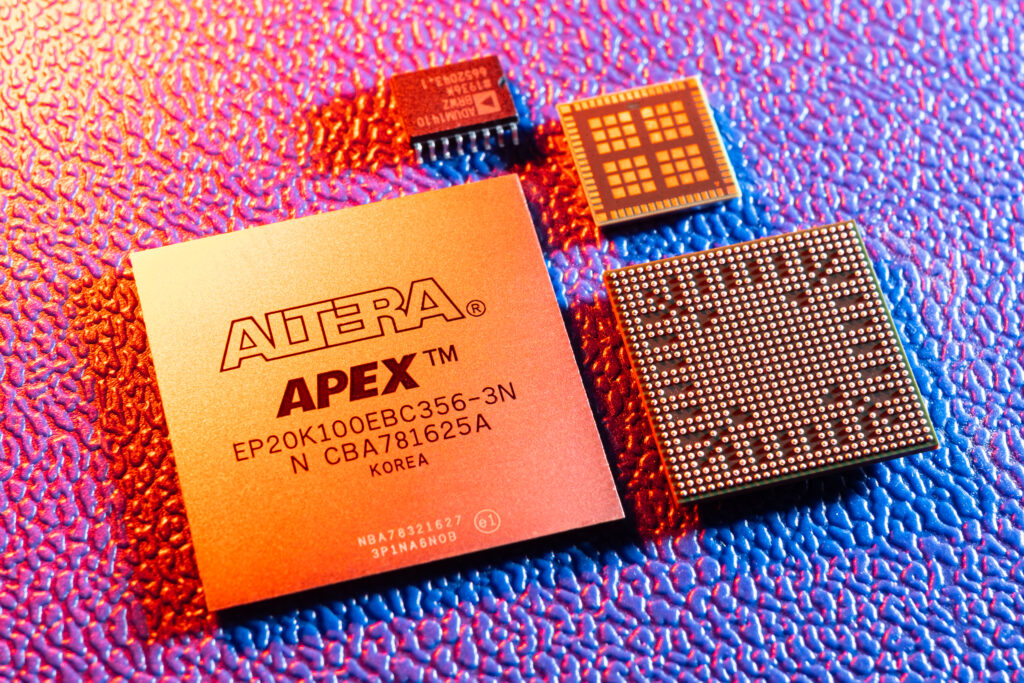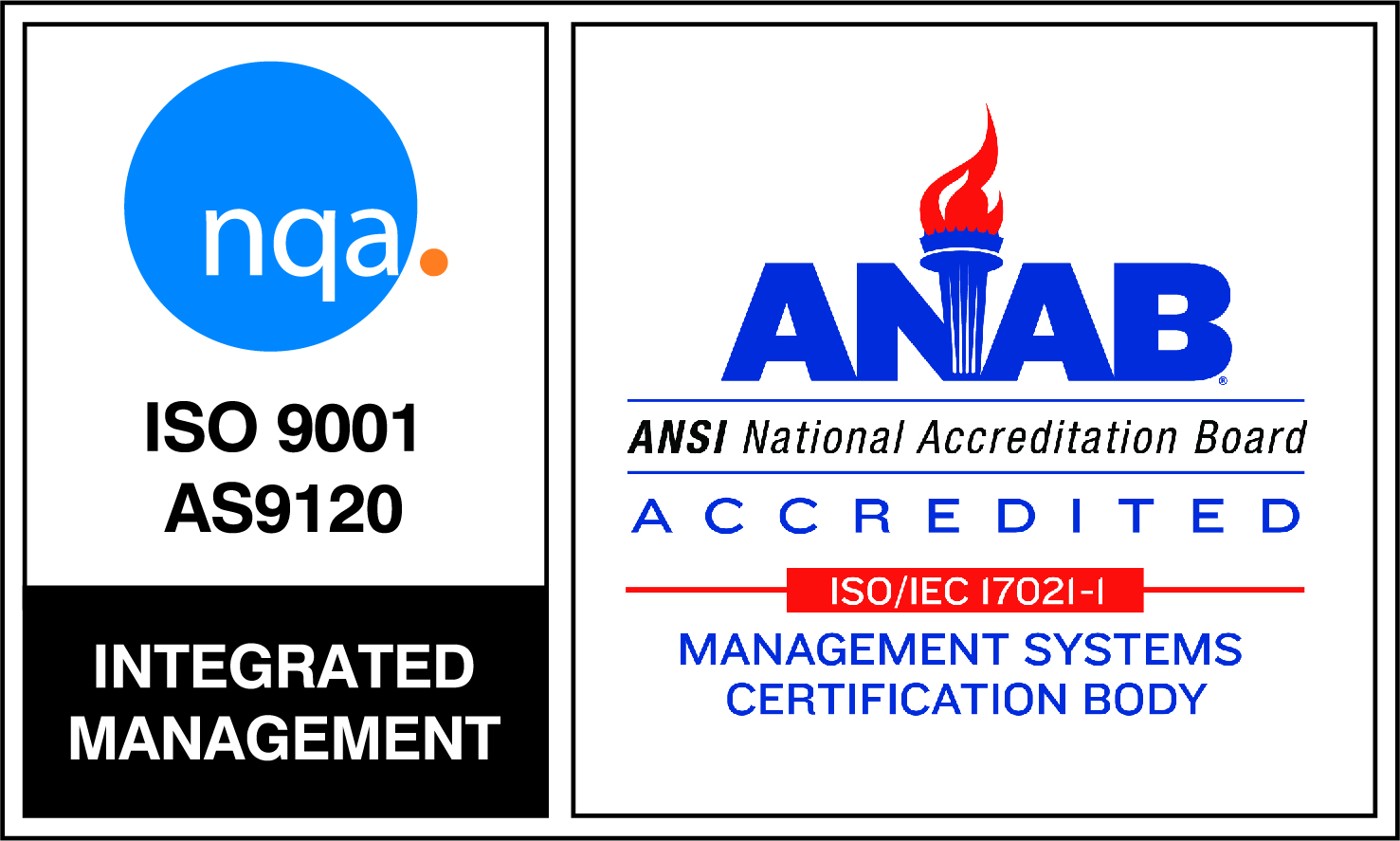FPGA Boards and Parts
What Are FPGA Boards?
The world of Field Programmable Gate Arrays (FPGA boards) has grown exponentially over the past decade. These devices have grown from thousands to millions of gates, along with added memory, analog interfaces, and other new features. They now have the power to solve nearly any computing problem. FPGA boards offer flexibility when used in a variety of computing tasks only previously possible with more expensive and slower to implement chips.
Whether for high power uses such as data centers or for power efficiency in mobile visual data processing, there is an FPGA for your application.
FPGAs are used across many industries. Recent developments in security for FPGAs allow for use in applications where only ASICs were previously suitable. When selecting your component, take into consideration your needs for flexibility, form factor, and the development environment used. Some of the more popular brands are the Altera FPGA board and the Xilinx FPGA board.
For low production quantities, FPGAs may also be the ideal choice. As new programming is developed, it can be tested immediately on a final hardware design. This speeds up development time while reducing the cost, as the same test hardware can be used repeatedly.
When choosing an FPGA Board, also consider what programming environment you have used in the past. The major manufacturers each have their own proprietary software for the design and synthesis of the program used on your FPGA board. Some FPGAs are even programmable using third-party software, enabling the same environment to be used for different FPGAs over multiple products or designs. Familiarity with the programming environment is just as important as the FPGA chosen for quick-turnaround applications, or in situations where the upfront development costs need to be kept to a minimum.


FPGAs are now manufactured to address these concerns. Different types of FPGAs have different levels of security inherent to their basic function, and manufacturers have devised solutions to these security concerns. For example, SRAM based FPGAs are susceptible to theft of the intellectual property of their programming. If this is a concern in an application, these FPGAs are now available with on-chip decryption. The data sent to the FPGA can now be encrypted, with only the FPGA having the decryption key. For a further level of protection, choose flash or anti-fuse based FPGAs.
FPGA counterfeiting has recently become a concern. Counterfeits can suffer from poor reliability. It is critical to source components only from a trusted vendor with a full quality department to eliminate any risk of counterfeit components entering your supply chain and impacting your product. Likewise, counterfeit components may lack the security measures implemented on genuine FPGA boards, exposing your product to tampering or theft of your intellectual property.
With FPGAs being manufactured for a variety of levels within each category, it is important to weigh these factors. Some of these designs offer high chip densities, but may be more susceptible to soft errors in certain environments.
A careful selection must be made based on design criteria to select the correct FPGA for the application. There are FPGAs for every budget, for every form factor, on every board. FPGA Programming is available using a myriad of different software, both from OEMs, as well as third-parties.
Sales – USA
Phone (toll free): 888-723-7279
Phone (local): 813-835-3883
Fax: 813-831-0295
email: [email protected]
Customer Service
Phone (toll free): 888-723-7279
email: [email protected]
Human Resources
Phone (toll free): 888-723-7279
Phone (local): 813-835-3883
email: [email protected]
Excess Inventory Solutions
Phone (toll free): 888-723-7279 x 239
Fax: 813-831-0295
email: [email protected]

